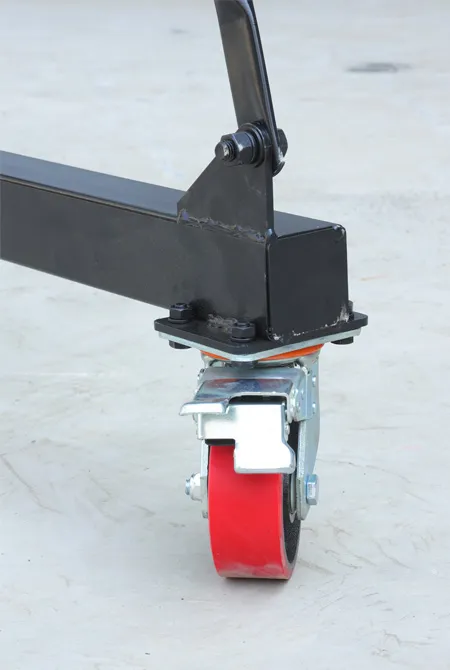industrial gantry
The Rise of Industrial Gantry Systems Transforming Modern Manufacturing
In recent years, industrial gantry systems have emerged as a pivotal element in the manufacturing and logistics sectors. These innovative structures provide a flexible and efficient means of handling heavy loads and executing complex operations, thus revolutionizing traditional processes. This article delves into the functionality, advantages, and future prospects of industrial gantry systems, shedding light on their profound impact on modern manufacturing.
An industrial gantry system typically consists of a raised framework, which can be constructed from various materials, including aluminum, steel, or a combination thereof. Designed to support hoists or cranes, these systems are engineered to move loads along one or multiple axes, allowing for significant spatial versatility. The key components of a typical gantry include the support legs, cross beams, and the hoisting mechanism that plays a crucial role in lifting and transferring heavy objects.
One of the primary advantages of industrial gantry systems is their adaptability. Unlike fixed overhead cranes, gantry systems can be moved to different locations within a facility. This mobility not only enhances workflow efficiency but also allows manufacturers to utilize their space more effectively. For instance, a gantry can be easily repositioned to accommodate various tasks, whether in assembly lines, warehouses, or construction sites. This flexibility is particularly beneficial for businesses engaged in projects with fluctuating workloads or diverse operational requirements.
Moreover, gantry systems are often more cost-effective than traditional fixed lifting solutions. They require less installation time and minimal civil works, making them a more approachable option for smaller enterprises or businesses looking to optimize their operations without significant capital investment. With these systems, companies can achieve a heightened level of productivity and safety. Employees benefit from reduced manual handling, which diminishes the risk of injury and enhances overall workplace safety standards.
industrial gantry

Additionally, the technology integrated into modern industrial gantry systems has undergone significant advancements. Many systems now incorporate automation, which further streamlines operations. Automated gantries can be programmed to perform specific tasks, work alongside other machinery, and even implement real-time monitoring through IoT (Internet of Things) integration. This not only maximizes efficiency but also enhances data collection for better decision-making and predictive maintenance of equipment.
Environmental considerations also play a vital role in the evolution of industrial gantries. As industries increasingly grapple with sustainability demands, gantry systems offer a viable solution. Their versatility reduces the need for multiple fixed installations, leading to lower energy consumption and material use. Furthermore, many manufacturers are now designing gantry systems that prioritize energy efficiency. These advancements not only meet green production standards but also appeal to the growing consumer base that prioritizes sustainable practices.
Looking ahead, the future of industrial gantry systems seems to be intertwined with the broader trends in manufacturing automation and Industry 4.0. As more businesses embrace digital transformation, the need for intelligent, adaptable solutions will only increase. Gantry systems that can seamlessly integrate with smart manufacturing platforms, utilize AI for predictive analytics, and conduct autonomous operations are likely to become the standard.
In conclusion, industrial gantry systems represent a significant leap forward in the realm of manufacturing and logistics. Their combination of flexibility, cost-effectiveness, and advancements in technology positions them as a cornerstone of modern production environments. As industries continue to evolve, embracing automation and sustainability, the demand for innovative solutions like gantry systems will undoubtedly grow. This shift not only enhances operational efficiency but also fosters a safer and more responsive working environment, essential for thriving in the competitive landscape of today’s global market.
-
Unlock Seamless Relocation with Our Heavy Equipment Moving ExpertiseNewsJun.06,2025
-
Unleash Unrivaled Flexibility with Our Adjustable Gantry CraneNewsJun.06,2025
-
Unleash Heavy-Duty Efficiency with Our Industrial Gantry Crane SolutionsNewsJun.06,2025
-
Revolutionize Steel Handling with Our Magnetic Lifter RangeNewsJun.06,2025
-
Master Equipment Mobility with Premium Machinery Mover SolutionsNewsJun.06,2025
-
Elevate Your Material Handling with Magnetic Lifter TechnologyNewsJun.06,2025
-
YS Permanent Lifting Magnets: The Smarter Way to Handle SteelNewsMay.22,2025
